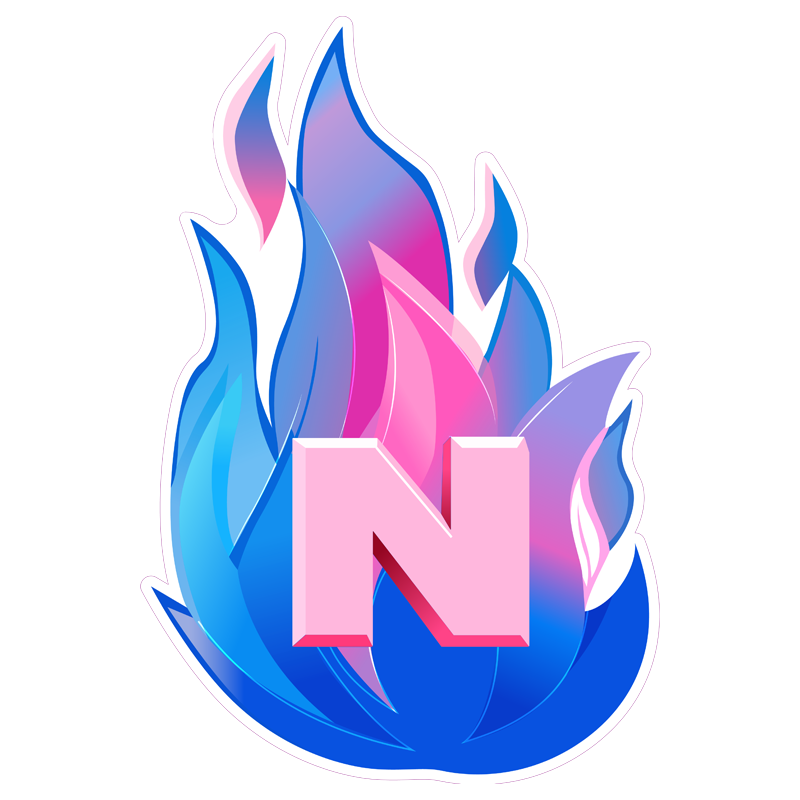Full-Service Gas Solutions for Homes & Businesses
Residential & Commercial Gas Services Across Northern VA, DC & Maryland
At NOVA Gas, we specialize in licensed, expert-level gas services tailored to both homeowners and commercial clients. Whether you're upgrading your kitchen with a new cooktop, installing a high-efficiency gas fireplace, or building out a multi-unit property, our team delivers safe, code-compliant, and custom gas solutions.
From design to installation to repairs, our work is defined by precision, professionalism, and personal service. We proudly serve clients across Falls Church, Arlington, Fairfax, Alexandria, Bethesda, and beyond—with a focus on safety, comfort, and long-term performance.
We also handle gas line replacements, pressure testing, and inspections to ensure your system is safe and leak-free. If you suspect a gas leak, call us right away. We’re trained to locate and repair leaks quickly, using the proper tools and techniques to protect your home or business. Our team is equipped to complete full gas pipe installations, reroutes, or upgrades during remodels or appliance upgrades.
Residential Gas Line Installation
Safely fuel your home with professionally installed gas lines. Whether you’re running lines to a new range, fireplace, outdoor kitchen, or water heater, NOVA Gas ensures clean, code-compliant installs that protect your home and family. We also offer pressure tests and inspections for peace of mind before final hook-up.
Gas Appliance Installation (Residential)
Safely fuel your home with professionally installed gas lines. Whether you’re running lines to a new range, fireplace, outdoor kitchen, or water heater, NOVA Gas ensures clean, code-compliant installs that protect your home and family. We also offer pressure tests and inspections for peace of mind before final hook-up.
Commercial Gas Line Installation
From restaurants to retail, we specialize in gas line design and installation for commercial kitchens, offices, warehouses, and mixed-use buildings. We handle gas pipe installation and pressure testing to meet state and local codes.
Commercial Gas Appliance Installation
Ensure your gas appliances are safely installed and fully functional. We work with builders, property managers, and business owners across the region to provide full-service appliance hookups.
Gas Fireplace Installation & Replacement
Whether you're converting from wood-burning to gas, upgrading an old unit, or remodeling your entire hearth, NOVA Gas offers elegant, energy-efficient fireplace solutions.
Fireplace Repair & Maintenance
We offer full gas fireplace services, including diagnostics, tune-ups, pilot repairs, and full rebuilds. Our annual maintenance plans keep your fireplace safe and ready for every season.
Fireplace Replacement
Outdated or broken fireplace? We’ll help you choose a stylish, modern replacement that fits your space and lifestyle—then install it with zero hassle.
Natural Gas vs. Propane Services
Whether you're on a city gas grid or have a propane tank, NOVA Gas is licensed for both. We'll help you determine the best energy source for your appliances, budget, and long-term efficiency.
Outdoor Gas Appliances & Living Features
From built-in grills to fire pits and patio heaters, NOVA Gas brings comfort and function to your outdoor spaces. We offer installation, gas line routing, and repairs for all outdoor gas features.
Why Choose NOVA Gas?
We’re not a big utility company or a nationwide chain—we’re a small, skilled, and highly specialized team that brings integrity, precision, and personal service to every job.
Licensed Master Gasfitters in VA, MD, & NC
Residential & Commercial Expertise
Fireplace Specialists
Safe, Precise, and Efficient Installations
Local, Family-Owned Business with Personal Service
Serving a 45-Mile Radius from Falls Church, VA
We stand behind our work with attention to detail, honest communication, and fast response—especially when it matters most, like during gas leaks or system failures. NOVA Gas is your all-in-one solution for safe, stylish, and code-compliant gas service.
Get a Free Quote Today
Planning a new project or need help with a repair? Contact NOVA Gas for trusted, efficient service. Whether you're a homeowner, builder, or business owner, we’re ready to help.
📍 Serving Northern VA, Washington DC & Maryland


